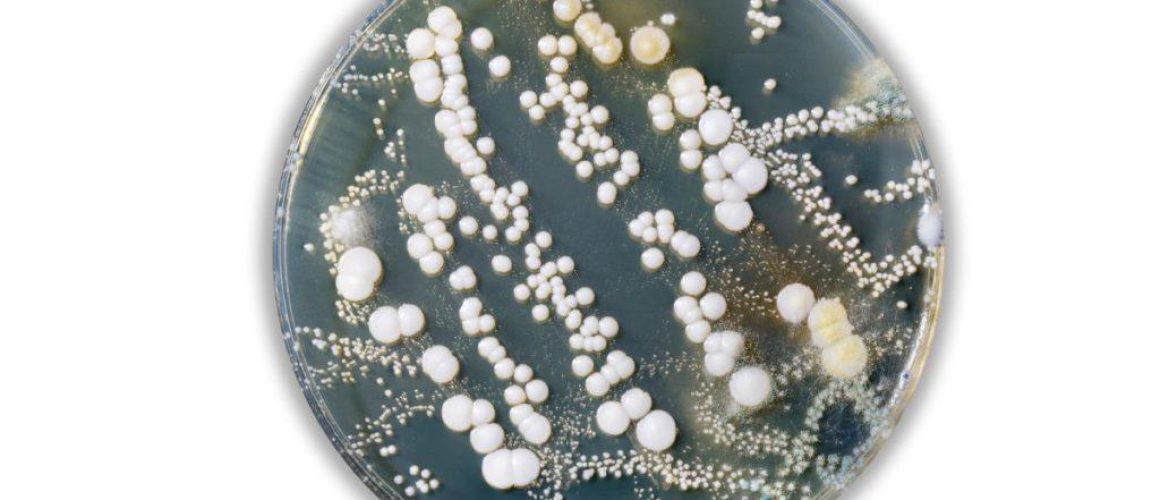Bacterial classification and taxonomy
Table of Contents
Bacterial Classification
| Rank | Description |
|---|---|
| Domain | Highest rank in the hierarchy, bacteria is one of the three domains |
| Phylum | Group of bacteria that share a set of similar characteristics |
| Class | Group within a phylum, further refining the characteristics |
| Order | Group within a class, more closely related bacteria |
| Family | Group within an order, even more closely related bacteria |
| Genus | Group within a family, very closely related bacteria |
| Species | Lowest rank, represents a single type of bacteria |
Diving into the world of “Bacterial Classification and Taxonomy” is like exploring a microscopic metropolis. Stick around as we unravel the fascinating hierarchy of bacteria, from domains to species, and why it’s crucial in our fight against diseases.
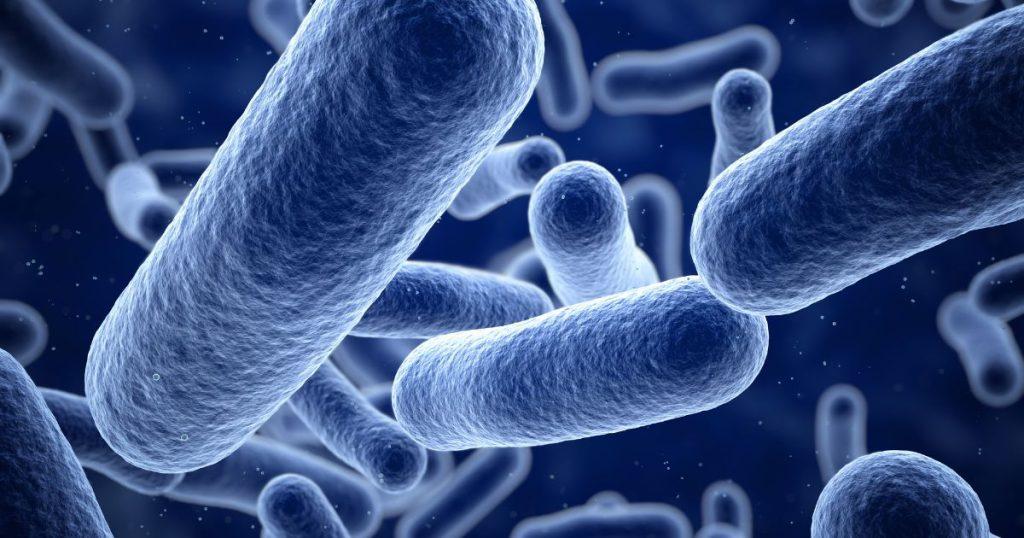
Introduction
As an explorer in the realm of Medical Technology, I’ve developed a deep interest in the unseen world of bacteria, particularly their classification. This fascination isn’t just about the microscopic organisms themselves, but how we, as scientists, have developed systems to categorize and understand them. It’s a topic that may seem dry to some, but I assure you, it’s as thrilling as any detective novel when you start to unravel the complexities.
Exploring the world of bacterial classification and taxonomy has been an enlightening journey. It’s a complex system, but one that reveals the incredible diversity and complexity of the bacterial world.
Bacteria, these microscopic entities, play a significant role in our world, from our personal health to the health of our planet. Their classification is not just an academic exercise; it’s a vital tool in understanding how they function, how they affect us, and how we can harness their abilities for the betterment of mankind. So, let’s embark on this journey together, exploring the intricate world of bacterial classification.
Understanding Bacteriology
Bacteriology, the study of bacteria, is a sub-discipline of microbiology. It’s a field that has fascinated scientists for centuries, leading to breakthroughs in medicine, agriculture, and environmental science. The world of bacteriology is vast and diverse, with millions of bacterial species, each with its unique characteristics and functions.
The study of bacteria is not just about understanding these individual species, but also about seeing the bigger picture. How do these species relate to each other? How do they interact with their environment and with other organisms? These are the questions that drive the field of bacteriology, and the answers lie in the system of bacterial classification.
Differences between Classification and Taxonomy
| Classification | Taxonomy | |
|---|---|---|
| Purpose | Organizes bacteria based on shared characteristics | Organizes bacteria based on evolutionary relationships |
| Focus | Hierarchical ranks (domain, phylum, etc.) | Family tree of bacteria |
| Use | Predicts behavior, identifies diseases | Predicts evolution, responses to environmental changes |
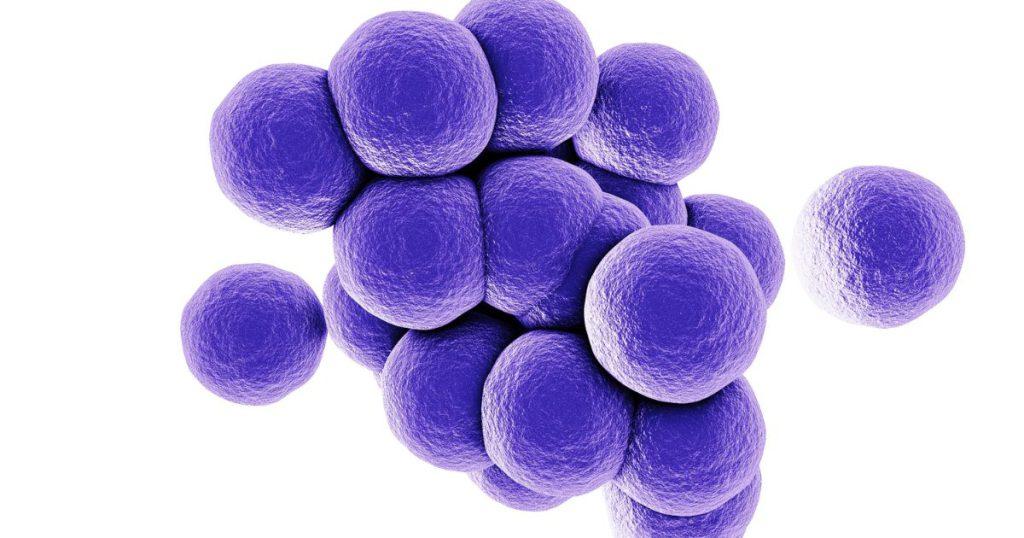
The Importance of Bacterial Classification and Taxonomy
The classification and taxonomy of bacteria are crucial in the field of Medical Technology. It’s like a map that guides us through the vast landscape of bacterial species. Without this map, we would be lost in a sea of microscopic entities, unable to understand their relationships, their characteristics, or their impact on our world.
Key Elements of Bacterial Taxonomy
- Organizes bacteria based on evolutionary relationships.
- Provides a “family tree” of bacteria.
- Helps predict future bacterial evolution.
Bacterial classification is not just about putting labels on bacteria. It’s a system that helps us understand the evolutionary relationships between different bacterial species, their shared characteristics, and their unique features. It’s a tool that allows us to predict how a particular bacterium might behave, what diseases it might cause, and how we can combat it.
In the field of Medical Technology, bacterial classification and taxonomy are more than just academic exercises. They’re essential tools that help us navigate the vast and complex world of bacteria. Without them, we would be like sailors lost at sea, with no map to guide us and no compass to point us in the right direction.
Think of bacterial classification as a map. It doesn’t just tell us where we are; it tells us where everything else is in relation to us. It shows us the relationships between different bacterial species, their similarities, and their differences. It helps us understand how a particular bacterium might behave, what diseases it might cause, and how we can combat it.
But bacterial classification is not just about putting labels on bacteria. It’s about understanding their story. It’s about understanding their evolution, their relationships with each other, and their interactions with their environment. It’s a tool that allows us to predict their behavior, to identify potential threats, and to develop effective strategies to combat them. It’s a tool that is as crucial to Medical Technology as a scalpel is to a surgeon.
Examples of Bacterial Genera and Species
| Genus | Species | Common Name |
|---|---|---|
| Escherichia | coli | E. coli |
| Staphylococcus | aureus | Staph infection |
| Streptococcus | pyogenes | Strep throat |
The Basics of Bacterial Classification
Bacterial classification is a system that might seem complex at first, but it’s incredibly logical and fascinating. It’s based on a hierarchy of ranks, from the broadest categories to the most specific. At the top of this hierarchy are the domains, followed by the phyla, classes, orders, families, genera, and finally, the species.
Reasons Why Bacterial Classification is Important
- Helps understand evolutionary relationships.
- Allows prediction of bacterial behavior.
- Assists in disease identification and treatment.
Each rank in this hierarchy tells us something about the bacteria within it. For example, bacteria in the same family share certain characteristics that set them apart from bacteria in other families. As we move down the hierarchy, the categories become more specific, and the bacteria within them share more characteristics.
At first glance, bacterial classification might seem like a complex puzzle. But once you start to understand its logic, it becomes a fascinating journey through the world of bacteria. The system is based on a hierarchy of ranks, each one representing a different level of organization and complexity. It’s like climbing a ladder, with each rung taking you closer to a specific type of bacteria.
Imagine you’re standing at the top of this ladder. The view from here is broad, and you can see the three domains of life: Bacteria, Archaea, and Eukarya. As you start to descend, the view becomes more focused. You move through the phyla, classes, orders, families, and genera, each step bringing you closer to a specific type of bacteria.
But the journey doesn’t end there. As you reach the final rung, you find yourself at the level of species. Here, the view is incredibly detailed. You can see the unique characteristics that set each bacterial species apart, the traits they share with their closest relatives, and the ones that make them unique. It’s a journey that takes you from the broadest view of life to the most specific, all within the world of bacteria.
Common Bacterial Phyla
| Phylum | Characteristics |
|---|---|
| Proteobacteria | Gram-negative bacteria, including E. coli |
| Firmicutes | Gram-positive bacteria, including Staphylococcus |
| Actinobacteria | Gram-positive bacteria, including Streptomyces |
| Bacteroidetes | Gram-negative bacteria, often found in the gut |
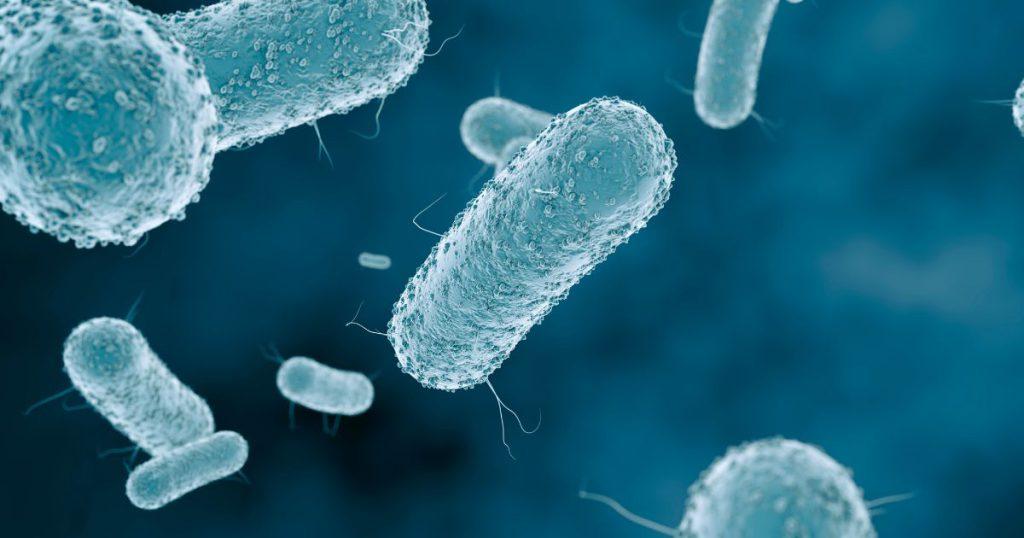
Exploring Bacterial Taxonomy
Having understood the basics of bacterial classification, let’s explore the world of bacterial taxonomy. This is a hierarchical system that organizes bacteria based on their evolutionary relationships. It’s like a family tree, showing us how different bacterial species are related to each other.
Bacterial taxonomy is not just about understanding the past; it’s also about predicting the future. By understanding the evolutionary relationships between bacteria, we can predict how they might evolve in the future, how they might respond to changes in their environment, and how we can manipulate them for our benefit.
Bacterial taxonomy is akin to a detective story, where each clue leads us closer to understanding the intricate relationships between different bacterial species. It’s a system that goes beyond just categorizing bacteria; it provides us with a roadmap of their evolutionary journey. This roadmap not only helps us understand where they’ve come from but also gives us insights into where they might be heading.
Just like a family tree can tell us about our ancestors and our connections to them, bacterial taxonomy tells us about the ancestry of bacteria. It shows us how different species are related, how they’ve evolved, and how they’ve branched off from common ancestors. This understanding is crucial as it helps us predict how bacteria might evolve in the future, and how they might respond to changes in their environment.
But the beauty of bacterial taxonomy doesn’t stop at understanding the past; it also helps us predict the future. By understanding the evolutionary relationships between bacteria, we can anticipate how they might evolve, how they might adapt to new environments, and how we can potentially manipulate them for our benefit. It’s a fascinating field that combines history, biology, and a bit of fortune-telling!
Key Points in Bacterial Classification
- Bacterial classification is hierarchical.
- Each rank in the hierarchy shares certain characteristics.
- Classification helps predict bacterial behavior and disease potential.
Personal Experiences and Insights
Studying bacterial classification and taxonomy has been a truly enlightening experience. It’s like learning a new language, a language that allows me to communicate with the microscopic world.
I’ve had the opportunity to work with bacteria in the lab, to see them under the microscope, and to use the system of bacterial classification to identify them. It’s a process that requires patience and precision, but the reward is a deeper understanding of these fascinating organisms.
Bacterial classification is not just about putting labels on bacteria. It’s a system that helps us understand the evolutionary relationships between different bacterial species, their shared characteristics, and their unique features.
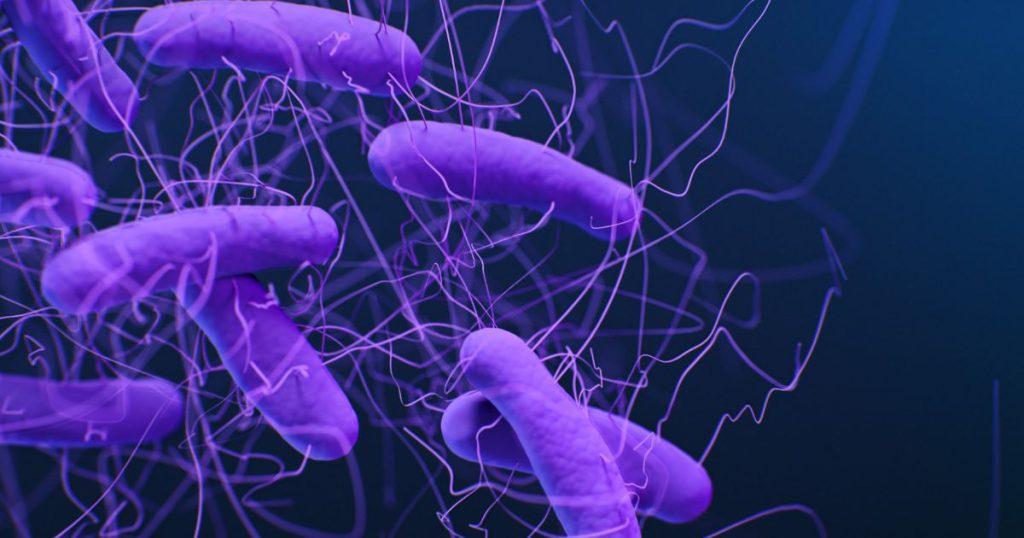
Conclusion
Exploring the world of bacterial classification and taxonomy has been an enlightening journey. It’s a complex system, but one that reveals the incredible diversity and complexity of the bacterial world. It’s a tool that allows us to understand these microscopic entities, to predict their behavior, and to harness their abilities for the betterment of mankind.
This post is part of my Bacteriology category. Also check out my index page on Bacteriology.
Other pages of interest: Bacterial genetics and gene transfer mechanisms and Acid-fast staining (Ziehl-Neelsen, Kinyoun) and interpretation
Disclaimer: The information in this article is based on my personal experiences and insights as a Medical Technology student. It is intended for informational purposes only and should not be used as a substitute for professional medical advice, diagnosis, or treatment.
Frequently Asked Questions
What is bacterial classification?
Bacterial classification is a system used by scientists to organize and categorize bacteria. It’s based on a hierarchy of ranks, from the broadest categories to the most specific, including domains, phyla, classes, orders, families, genera, and species. Each rank in this hierarchy tells us something about the bacteria within it, their shared characteristics, and their unique features.
Why is bacterial classification important?
Bacterial classification is crucial because it helps us understand the evolutionary relationships between different bacterial species, their shared characteristics, and their unique features. It’s a tool that allows us to predict how a particular bacterium might behave, what diseases it might cause, and how we can combat it.
What is bacterial taxonomy?
Bacterial taxonomy is a hierarchical system that organizes bacteria based on their evolutionary relationships. It’s like a family tree, showing us how different bacterial species are related to each other. By understanding these relationships, we can predict how bacteria might evolve in the future and how they might respond to changes in their environment.
How does bacterial classification relate to the field of Medical Technology?
In the field of Medical Technology, understanding bacterial classification is essential. It’s like a map that guides us through the vast landscape of bacterial species. Without this map, we would be lost in a sea of microscopic entities, unable to understand their relationships, their characteristics, or their impact on our world.
How does studying bacterial classification and taxonomy enhance one’s understanding of bacteriology?
Studying bacterial classification and taxonomy provides a deeper understanding of bacteriology. It allows us to see the bigger picture of how different bacterial species relate to each other, how they interact with their environment, and how they affect other organisms. This understanding is crucial for predicting bacterial behavior, diagnosing bacterial diseases, and developing effective treatments.
Read further
Wikipedia – Bacterial taxonomy
Sean Schepers is a third-year Medical Technology student at Mahidol University with a passion for all things health and medicine. His journey into the world of medicine has led him to explore various fields. Sean's blog posts offer a unique perspective, combining his academic insights with personal experiences. When he's not studying or blogging, Sean enjoys keeping up with politics and planning his future career in medicine.
In addition to his studies, Sean serves as the chairman of the Rights, Liberties, and Welfare Committee, a role that reflects his commitment to advocacy and social justice. Beyond his academic pursuits, Sean offers tutoring services in English and Biology, further demonstrating his dedication to education and mentorship. His journey is one of continuous discovery, and he invites others to join him as he explores the dynamic and transformative world of medical technology.

